Use your body weight to build muscle and burn calories — no equipment required!
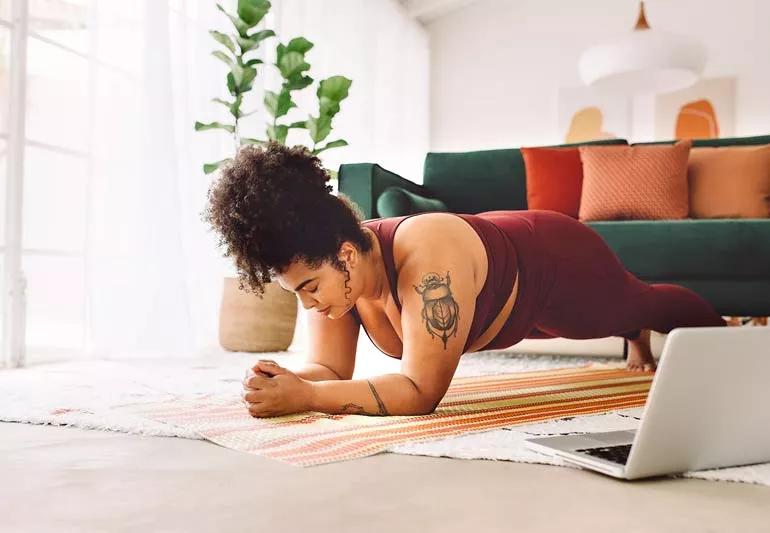
No time, money or desire to go to a gym? Then, we’ve got the perfect exercise routine for you. A calisthenics workout engages all muscle groups — with no cash, equipment or travel necessary.
Advertisement
Cleveland Clinic is a non-profit academic medical center. Advertising on our site helps support our mission. We do not endorse non-Cleveland Clinic products or services. Policy
You’ll still need to put in some time, of course, but it can all be done when you want in the comfort of your own home.
So, how do you start? Let’s find out from sports medicine physician Michael Dakkak, DO.
Calisthenics exercises use your body weight as a form of resistance to perform complex, full-body exercises, explains Dr. Dakkak. Depending on the exercises, calisthenics combines strength training, resistance training and a heart-pumping cardiovascular workout.
In other words, you get a little bit of everything.
At-home calisthenics are perfect if you’re just starting a fitness routine or resuming physical activity — especially given that there’s a very low risk of injury, says Dr. Dakkak.
But don’t be fooled by the simplicity of these exercises. They can be scaled up to create an excellent workout for seasoned gym-goers and all types of athletes, too. The reason? Versatility.
“You can change the exercises to make them as ‘easy’ or challenging as your strength allows,” Dr. Dakkak says.
Another perk? You don’t need a well-equipped home gym or a bunch of machines in a pay-to-play workout studio to do these exercises. The only piece of equipment you need for calisthenics is … well, your body.
Advertisement
Calisthenics benefits include:
A 2022 study showed that a bodyweight workout like calisthenics counts as high-intensity interval training (HIIT). Study participants who did calisthenics exercises at a vigorous pace got the same cardio benefits as interval running, sprinting and walking on a treadmill.
While the study looked at powerful calisthenics exercises like squat jumps, burpees and jumping lunges, you can also modify the exercises and perform them slower for lower-intensity interval training (LIIT).
Because many calisthenics exercises use more than one muscle group, they more accurately mimic how you use your muscles in everyday activities like lifting a box from the floor and placing it on a high shelf.
“These functional exercises improve mobility, balance, coordination and flexibility, which can help prevent falls and injuries as you go about daily life,” notes Dr. Dakkak.
Calisthenics are also a good way to keep your joints healthy.
A 2017 study found that eight weeks of calisthenics can improve your posture, strength and body mass index (BMI). Building muscle through strength training exercises like calisthenics can help you lose unwanted pounds and maintain a healthy weight.
A good calisthenics workout plan should leave you feeling successful yet challenged, says Dr. Dakkak. Adjust your workout based on your fitness level.
“Beginners might start with three sets of five repetitions of each exercise while others might do three sets of 15 reps,” he says. “Aim for two to four days of strength training per week with a day of rest in between the sessions to give your muscles time to repair and get stronger.”
Here are five calisthenics exercises to get you started:
Planks strengthen the core muscles that support your abdomen, spine and hips. A strong core can lower your risk of back pain and other problems.
Make it easier: Keep your knees and forearms on the floor.
Make it harder: Straighten your arms and legs.
Lunges work the muscles in your butt and hips (“glutes”), thighs (quadriceps and hamstrings) and abdominals.
How to do lunges:
Advertisement
Make it easier: Do reverse lunges, stepping backward with each leg and alternating legs.
Make it harder: Do leaping lunges, alternating legs and leaping in between each lunge.
Squats work your entire lower body from your abs down, including your calf muscles and shins.
How to do squats:
Advertisement
Make it easier: Use a chair to stand from a seated position, using your arms only for balance (not to push off from the chair).
Make it harder: Do a squat jump, jumping into the air from the squat position.
Push-ups work the upper body muscles in your arms (biceps), chest (pectorals) and shoulder muscles.
How to do push-ups:
Make it easier: Perform a push-up against a secured, elevated surface like a desk.
Make it harder: Clap your hands together after pushing up from the floor.
Burpees work your muscles from head to toe, incorporating different types of calisthenics exercises like squats, planks and push-ups. In addition to building muscle, burpees also get your heart rate up to provide a great cardio workout.
Advertisement
Make it easier: Skip the push-up and place your hands on a chair to perform the plank.
Make it harder: Do a knee tuck, jumping into the air and tucking your knees after the push-up.
If you haven’t been physically active for a while, Dr. Dakkak recommends seeing a healthcare provider before getting into calisthenics.
“A provider’s OK is especially important if you have chronic or acute injuries that affect your range of motion or balance,” he says. (They may recommend working with a physical therapist to ensure correct form and protect against additional injury.)
Bottom line? Calisthenics exercises are an excellent way to start your fitness journey or switch up an existing workout routine. And as you can do calisthenics at home without equipment, you can say goodbye to a sedentary lifestyle and hello to a healthier heart and toned muscles.
Learn more about our editorial process.
Advertisement
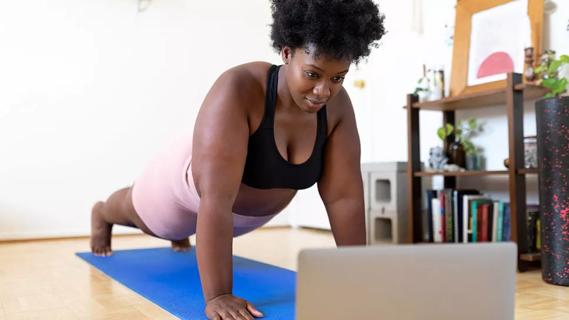
The exercise — which you’ve probably been doing since grade school — can be intimidating, but proper form can help
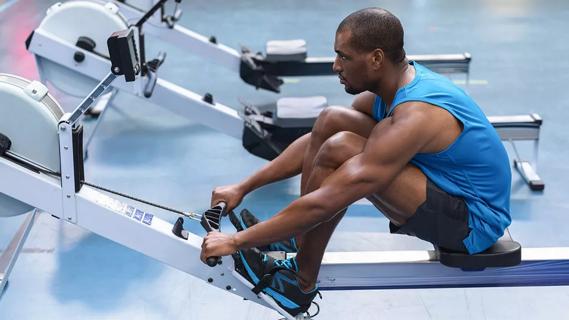
Exercise lowers risk for heart conditions, improves mental health and reduces visceral fat that can compromise your organs
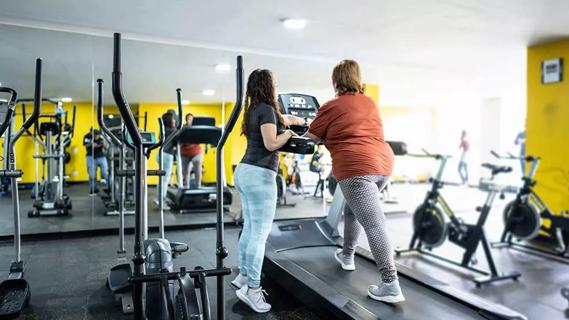
Ask questions, get referrals and consider if someone is a good fit for you and your fitness goals
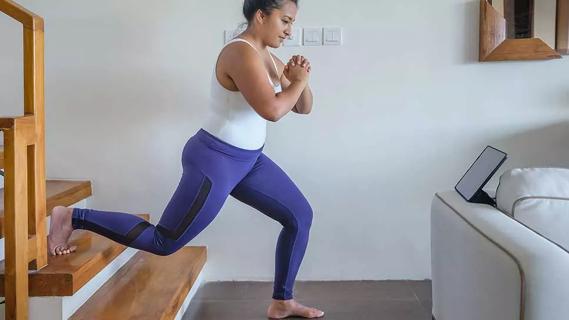
Expect a few bumps in the road, work out for the right reasons and give yourself some credit
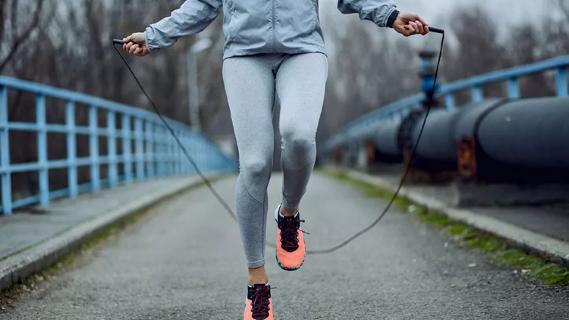
Jump into the swing of things to improve your coordination, burn calories and get your heart rate going

Walking with a weighted backpack is a low-impact, full-body workout that’s growing in popularity
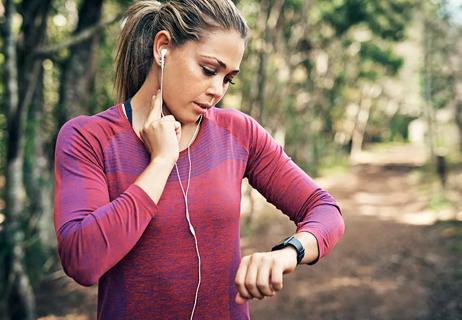
A super high heart rate means you’re burning more than fat
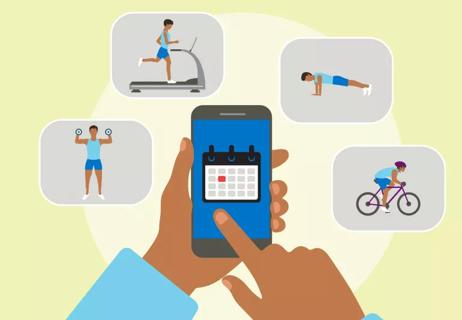
Meet your workout goals by accounting for frequency, intensity, time and type

Type 2 diabetes isn’t inevitable with these dietary changes

Applying a hot or cold compress can help with pain